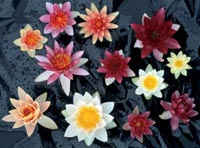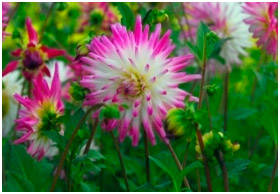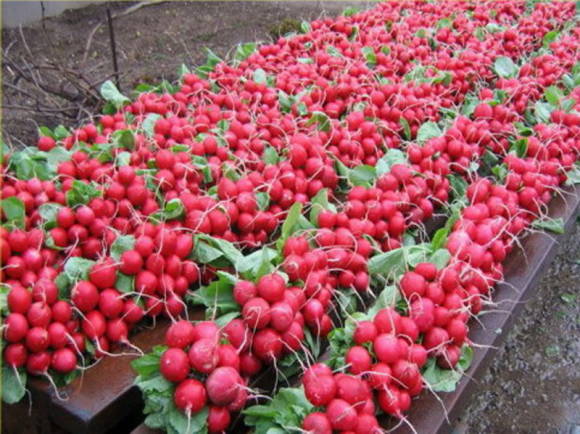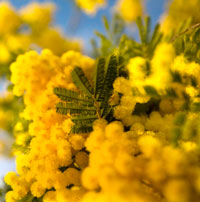
Californian Escholzia is very popular in culture (Eschscholzia californica), which is also called the California poppy. The bright flowers of the plant really look like poppies, it's not for nothing that it belongs to the same Poppy family. As the species name indicates, the native land of Escholzia is California.
This perennial plant is used in culture as an annual plant. Forms branchy creeping or compact bushes 45-50 cm high. Plants are very elegant. Against the background of blue-green silvery, cut into narrow lobes, "lace", leaves rise on thin peduncles bright silky flowers. Wild plants are characterized by yellow color of simple flowers. The varieties, in addition to the inherited yellow color and a simple perianth, have shades of orange, pink, red, flowers are double and with corrugated petals. Very interesting and also decorate the plants with buds, covered with a sharp cap-cap. Blooming in the morning or afternoon, the flowers shed their caps.
The flowering time of the escholzia depends on the moment of sowing. When sowing seeds in autumn, plants bloom in May-June (depending on climate and terrain), in spring - in July, flowering lasts until October. Sow immediately to a permanent place. Seedlings appear in 10-14 days. Seedlings are thinned out at a distance of 20-25 cm. They can reproduce by self-seeding. Fruits are pod-shaped capsules, ripen one month after flowering. Seeds remain viable for no more than two years.
Eschsholzia is photophilous, cold-flowing, drought-resistant. Doesn't require any special care. Does not tolerate excess moisture and fresh organic fertilizers. Suitable for ridges and borders, rockeries, vases, containers, irreplaceable for landscaping loggias and balconies. Effective in separate groups and arrays.
Another beautiful plant from the Poppy family - argemona (Argemone) originally from America. Large luxurious flowers similar to poppies attract attention. The flowers have a light scent and attract bees.
In culture, four species are known, one of them is the large-flowered argemon (Argemone grandiflora)... The height of plants in culture is up to 50 cm. The stems are, as it were, dissected up to half lengthwise. The leaves are pinnately incised, gray with white veins. Leaves, stems, calyx covering the buds, seed capsules are covered with thorns. The green parts of the plants secrete yellow sap on the cut.

The flowers are simple, up to 10 cm in diameter, pure white, slightly greenish inside, 3-6 together. Very effective! .. Bloom in July-September.
Aregemona is propagated by sowing seeds in open ground in early May, immediately to a permanent place. Seedlings appear in two weeks. Sow scattered (with subsequent thinning) or in holes of 3-4 seeds to a depth of 1-1.5 cm at a distance of 25-30 cm. The transplant does not tolerate well.
Argemona is photophilous, drought-resistant and cold-resistant. With an excess of moisture in the soil, it can die! It grows in any garden soil, but blooms more profusely in rich soil and when fertilized.
According to the materials of the magazine "In the world of plants", No. 7-8, 2002







